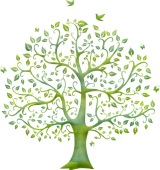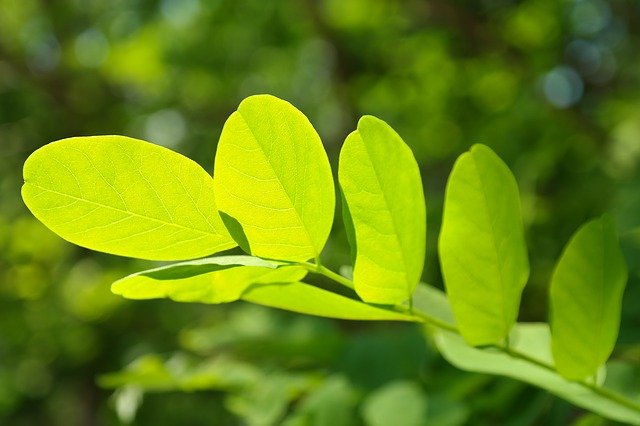When the topic of an Acacia tree comes up, you might picture the African Savannah. Alternatively, pictures of the Australian outback or southwest America’s dry deserts can spring to mind. All three of those examples are correct, as Acacias are a family of trees or shrubs found throughout the world, with over a thousand different species. How did a species of a tree become so diverse? Let’s take a look.
Where Can I Find an Acacia Tree?
As touched on above, you can find Acacia trees all over the world. They are particularly well suited for tropical and desert regions. You are likely to come across a member of the Acacia family. If you ever find yourself in:
- Australia;
- South Africa;
- Central and South American;
- South West of the United States;
- United Kingdom;
People will often plant these trees for their attractive yellow blooms. However, you should proceed with caution if you plan to do the same. Some of the species in the family can invade your garden.
Spotting an Acacia Tree
We have already established that the Acacia tree family is big. However, if you are on the lookout for a family member, there are some similarities between them all. The Acacia belongs to the pea family, meaning each tree or shrub grows long pea pods. These pods are then protected by sharp thorns, which is a common characteristic of desert plants.
Acacias come in both tree and shrub form, with the most common being the large umbrella-shaped Acacias found in Africa. If you think of a tree in Africa, the Acacia is usually the first one to come to mind, though you may not have been able to put a name to it until now.
What Are Acacias Used For?
The primary use of Acacia trees is the “gum arabic” that they produce. You can find this gum in food, drink, medicine, and newspaper ink. The trees also produce dark-colored dyes, with the coloring coming from Catechu and Tannin. Not only can they dye clothes, but they also help to preserve them. However, the most common use of Acacia trees is for their wood. The wood is scratch and water-resistant, and it is this durability that makes it so popular. The fact that the trees are fast-growing, making the use of the tree sustainable, is an added bonus.

